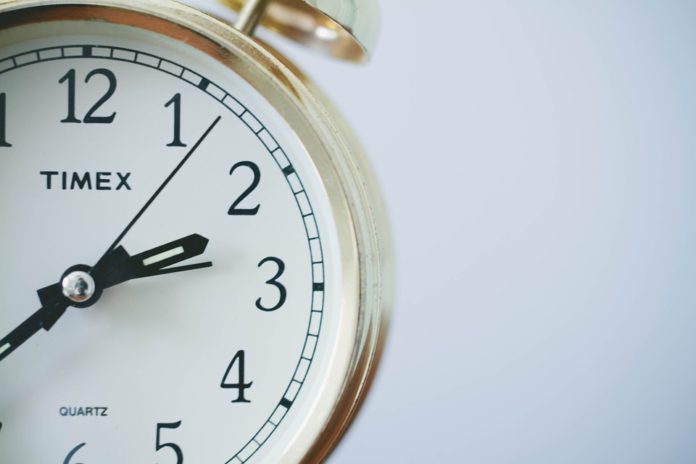By social contract, we agree to coordinate our own activities according to clock time. Nevertheless, your brain does not perceive the duration in time with the standardized units of minutes and hours on your wristwatch. The signature of time in our experiences and memories belongs to a different kind of temporality altogether.
Now, for the first time ever, scientists have studied the time map that exists in a specific area of the human brain called the Supplementary motor area. Scientists found that this region of the cerebral cortex plays a vital role in motor preparation and time perception, respond preferentially to different durations. The portions of the SMA responding to similar durations are in close spatial proximity on the cortical surface, according to an anterior-to-posterior spatial gradient.
The most anterior portions of SMA are greatly active for the shortest duration (200 ms), while the most posterior bits are active for the longest duration (3 sec), the intermediate durations led to the activation of the cortex between those extremes. The study offers new insight into the computational architecture underlying time perception and also opens up new perspectives to the study of temporal cognition.
SISSA Professor Domenica Bueti said, “Topography i.e., the fact that neurons processing similar stimulus properties occupy neighboring positions on the nervous system, is an encoding mechanism widely used in the brain to represent sensory and motor information. For example, there is a body map in our primary somatosensory cortex.”
“In this map, the portions of the cortex receiving tactile information from the hand and the wrist are neighbors compared to those receiving information from the toe. Our findings show that a topographic representation exists also for something immaterial like time.”
“Previous studies conducted in humans and other animals have shown the involvement of SMA in time perception. However, none of those previous works clarified how temporal information is represented in this area.”
“With our work, we show that in SMA time is represented via topography and duration tuning. The first, as we said earlier, refers to the fact that the portions of SMA responding to similar durations are in close spatial proximity on the cortical surface.”
“The second is duration tuning: Our results show that different portions of SMA respond preferentially to certain durations in a way that the response is greater for the preferred duration, and become progressively weaker for durations far from the preferred one. Moreover, we show that temporal maps are linked to perception: i.e., the better the map in SMA, the more accurate and precise is duration perception. This is how SMA represents time.”
During the study, scientists used fMRI technique at ultra-high field i.e., 7 Tesla, available at the Ecole Polytechnique Federale of Lausanne. Amid the investigation, two groups of healthy volunteers completed a fleeting separation assignment of visual stimuli i.e., two pictures showed in succession on a computer screen for terms extending from 200 milliseconds as long as 3 seconds.
Each volunteer needed to choose which of the two pictures was introduced for a longer time. While the volunteers completed the undertaking, their cerebral action was recorded through fMRI.
Domenica Bueti said, “It was an extremely complex study, which took a long time to carry out, and besides SISSA, it involved researchers from Osaka University, Sussex University, the Ecole Polytechnique Federale of Lausanne, the Royal Academy for Arts and Sciences of Amsterdam, Lausanne University and Araya Inc. of Tokyo.”
“Many interesting questions arise from these findings. We have now to understand whether this time map represents the physical or the perceived time. Does the map change as the perceived duration changes? Does the map change if an observer perceives a stimulus that was physically displayed on the screen for one second, as either longer (for example a second and a half) or shorter (for example, 800 milliseconds)? And are there maps at birth? Or are they the by-product of experience and education? These are important and fascinating questions we would like to investigate with our future research.”
The study, conducted by the team led by SISSA Professor Domenica Bueti and published in PLOS Biology.
